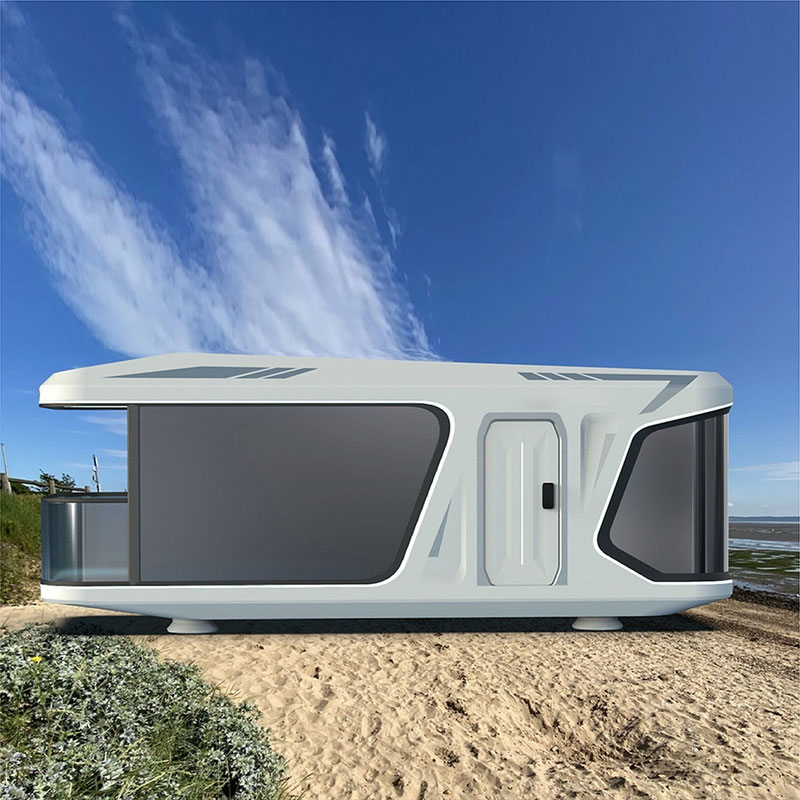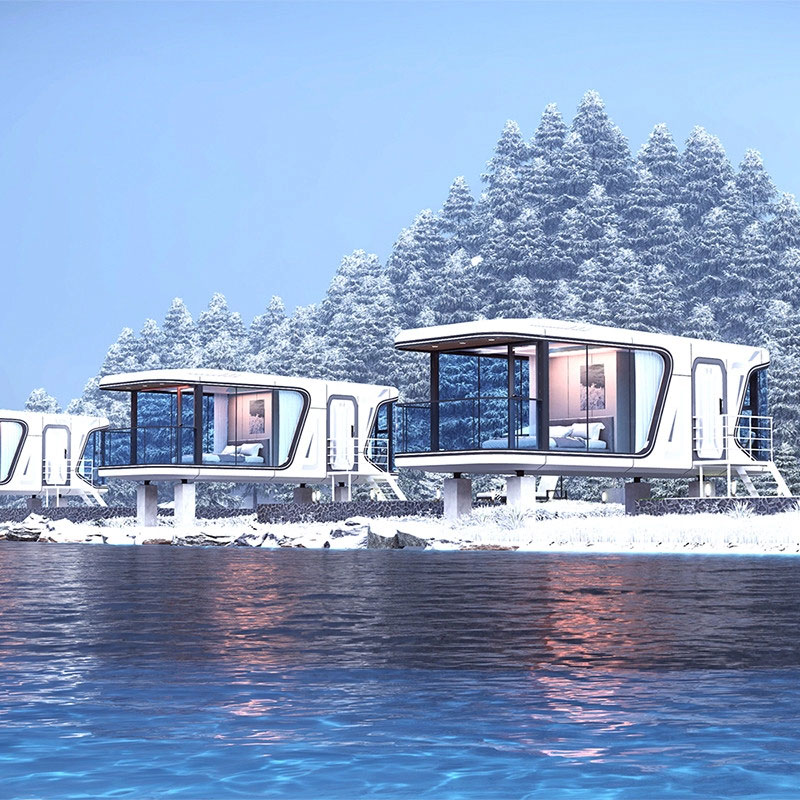
As the world population continues to grow and urbanization becomes more prevalent, the demand for affordable and sustainable housing solutions is increasing. Foldable homes have emerged as a promising option, offering quick and cost-effective installation, flexibility in design, and eco-friendliness.
Looking ahead, the future of foldable homes in the housing market appears bright. In the coming years, we can expect to see continued growth and innovation in the industry as more companies enter the market and existing players expand their product lines.
One trend that is likely to shape the future of foldable homes is the increasing focus on sustainability and eco-friendliness. As consumers become more aware of the environmental impact of their living choices, they are seeking homes that are energy-efficient, use sustainable materials, and leave a smaller carbon footprint. Foldable homes can meet these demands, with many models incorporating features such as solar panels, rainwater harvesting systems, and low-emission building materials.
Another key trend is the growing interest in modular construction. With modular construction, homes are built in factory-controlled settings and then transported to the final location for assembly. This approach can significantly reduce construction time and costs, making it an attractive option for developers and homeowners alike.
As foldable homes continue to gain popularity, we can also expect to see an increase in the range of applications for which they are used. From emergency housing and disaster relief to luxury retreats and office spaces, the versatility of foldable homes makes them an attractive option for a wide variety of use cases.
Overall, the future of foldable homes in the housing market looks promising. As demand for sustainable, affordable, and flexible housing solutions continues to grow, we can expect to see continued innovation and growth in the industry.



